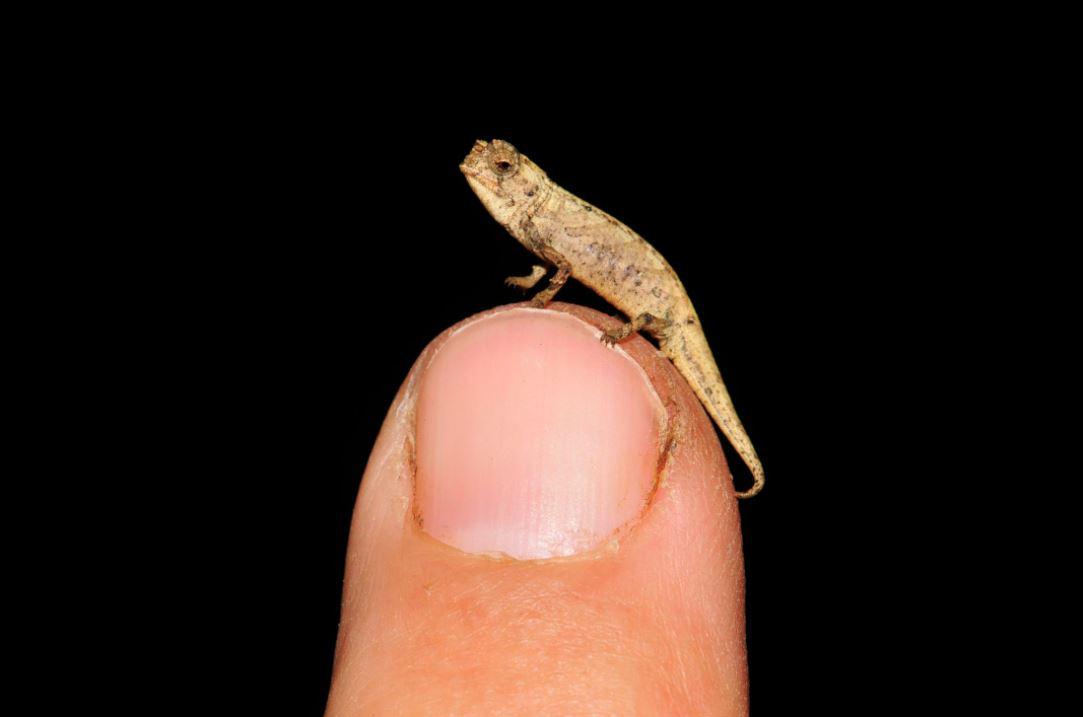NASA to test its first all-electric plane, the X-57

NASA
- The experimental X-57 Maxwell is the agency’s first all-electric plane.
- It will also be the first manned X-plane that NASA has tested in decades.
- Electric planes could help to significantly lower the environmental costs of flying, but it’ll likely be at least a decade before these aircraft hit the commercial market.
Since the 1940s, NASA has been testing experimental aircraft (aka X-planes) at California’s Armstrong Flight Research Center at Edwards Air Force Base. In the past two decades, however, the agency has experimented with only unmanned craft powered by fossil fuels, like the X-45 and X-37. But that’s about to change.
NASA recently received the X-57 Maxwell, an all-electric X-plane that’s set to undergo manned tests in the coming months. The X-57 Maxwell is modeled after a popular Italian twin-engine plane called the Tecnam P2006T, but the new X-plane has electric cruise motors instead of traditional combustion engines. The X-57 that was recently delivered to NASA is the second of four scheduled iterations of the electric plane, with the third and fourth versions including additional improvements to the wings and other hardware.
NASA’s design goals are to develop an electric plane with “500% increase in high-speed cruise efficiency, zero in-flight carbon emissions, and flight that is much quieter for communities on the ground,” the agency wrote.
“The X-57 Mod II aircraft delivery to NASA is a significant event, marking the beginning of a new phase in this exciting electric X-plane project,” said X-57 Project Manager Tom Rigney. “With the aircraft in our possession, the X-57 team will soon conduct extensive ground testing of the integrated electric propulsion system to ensure the aircraft is airworthy. We plan to rapidly share valuable lessons learned along the way as we progress toward flight testing, helping to inform the growing electric aircraft market.”
Flying and the environment
NASA’s announcement comes in the wake of Greta Thunberg’s speech to the U.N. about global leaders’ inaction on climate change policies, and also a growing movement that aims to raise awareness about (and, in some cases, shame people over) the environmental costs of flying.
Flying pumps an enormous amount of carbon into the atmosphere – about 53 pounds per mile. In the U.S., the aviation industry is responsible for 11 percent of all transportation-related emissions.
“Euro for euro, hour for hour, flying is the quickest and cheapest way to warm the planet,” Andrew Murphy, aviation manager at Transport & Environment, a think tank in Brussels, told Vox.
Developing reliable electric planes could significantly lower the environmental costs of flying. But electric planes are in the early stages of development, and it could take 15 to 20 years for these aircraft to reach the commercial market. Before electric planes become mainstream, developers will first have to pass regulatory hurdles and safety tests, and they’ll also need more efficient batteries; currently, electric planes are limited to short flights because their already-heavy batteries don’t pack enough energy density for long trips.
Beyond electric aircraft, is it possible that we could someday see electric rockets? The likely answer is no, at least if engineers use anything resembling current technology, as the thrust would be far too weak to beat Earth’s gravity. But electric propulsion could someday be used to power spacecraft once already in space.





